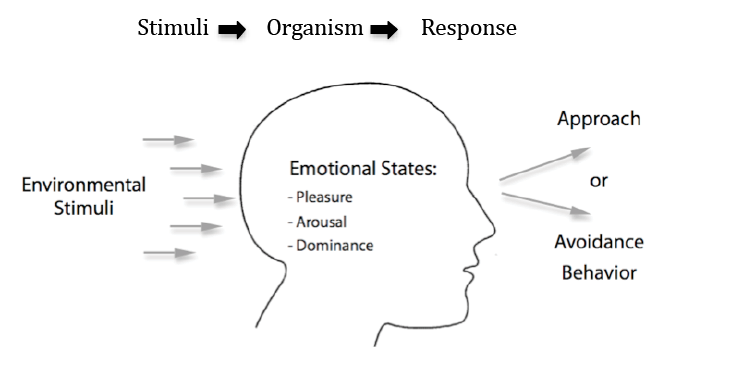Project : Experiential Brand Identity
Environmental branding is a disciplined approach to interior design that aligns a three-dimensional space with a particular brand’s positioning. Research shows that environmental branding can lead to progressive activity and brand attachment. College stadiums and gymnasiums commonly utilize this type of design in order to entice fans, the student body, and even at times, student athletes. However, the same environmental branding effects are not seen in “nonpublic/back of house areas,” such as training facilities.
Collegiate athletes are expected to excel in the areas of training and conditioning; therefore it is imperative to address their physical environments, in hopes of advancing their performance. This project seeks to address and authenticate that, “ if the same environmental branding used to entice spectators were applied to training facilities, then results in enhanced athletic performance will follow”.
This combined with the reliance on the following research methods: results/data from quantitative research methods such as focus groups/surveys, observations, case studies, and photographic analysis, will aim at affirming the statement above.
The purpose of this research is to provide insight into how to design for athletic training environments, so that they yield the same positive results as their effectively branded stadiums. The literature presented in this paper explores key branding paradigms and research relating to the branding experience. It also examines environmental branding benefits of consumer activity, experience, recognition, and loyalty. This paper further argues that if these practices were applied to back house areas then results would include, increased player motivation, sense of pride, place attachment, and self-identity; results that benefit the athlete and the academic institution.

Many times, collegiate athletes are expected to remaining athletically consistent and train profusely in environments that lack in effectively communicating the school branding identity, message, and promise. All that are key in effective branding architecture.
Outside of known physical training and exercise methods, sport psychology research suggest that an athlete must have an substantial amount of motivational capabilities to be able to reach their peak performance.
When you enter into these spaces, clear evidence of branding identity is minimal. These areas consist of little to no visuals. The walls that surround athletes lack color; the space is made more undesirable due to fluorescent lighting. This combined with dull protective gear and concrete structures cause the spaces to fall short of communicating visually the university and athletic program’s identity and objectives. It is the observation of these shortcomings that aids in the validation for the necessity for this research.

Branding has been used in multiple industries, from retail to food in order to successfully motivate user behavior and experience. One of the ways this behavior is through sensory marketing. Multi-sensory brand-experience is a concept in relation to the human mind and senses. Sensory Marketing (SM) model is the multi-sensory brand-experience hypothesis
In the end, what I calling for is the creation of superior branded environments for college locker rooms and athletic training facilities, along with an understanding of environmental perceptions that will not only improve user experience, but will also improve athletic performance. Proper implementation could be the key in accomplishing all of these concepts; the collegiate brand will become unique and create an authentic, strong, brand identity


Relevant Topic Discussion

Brand equity starts with the easy translation of the brands core story.

Project Conclusion : Goal Development






